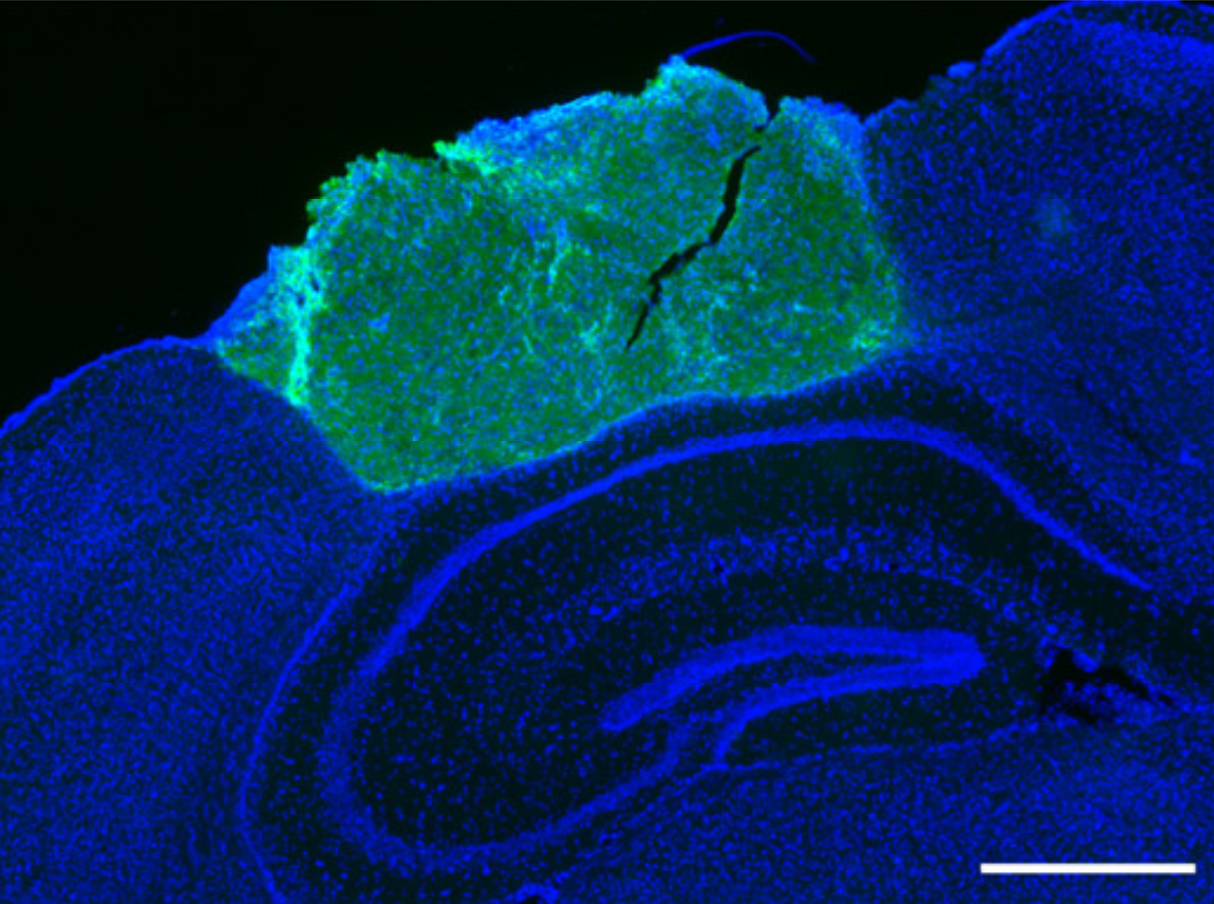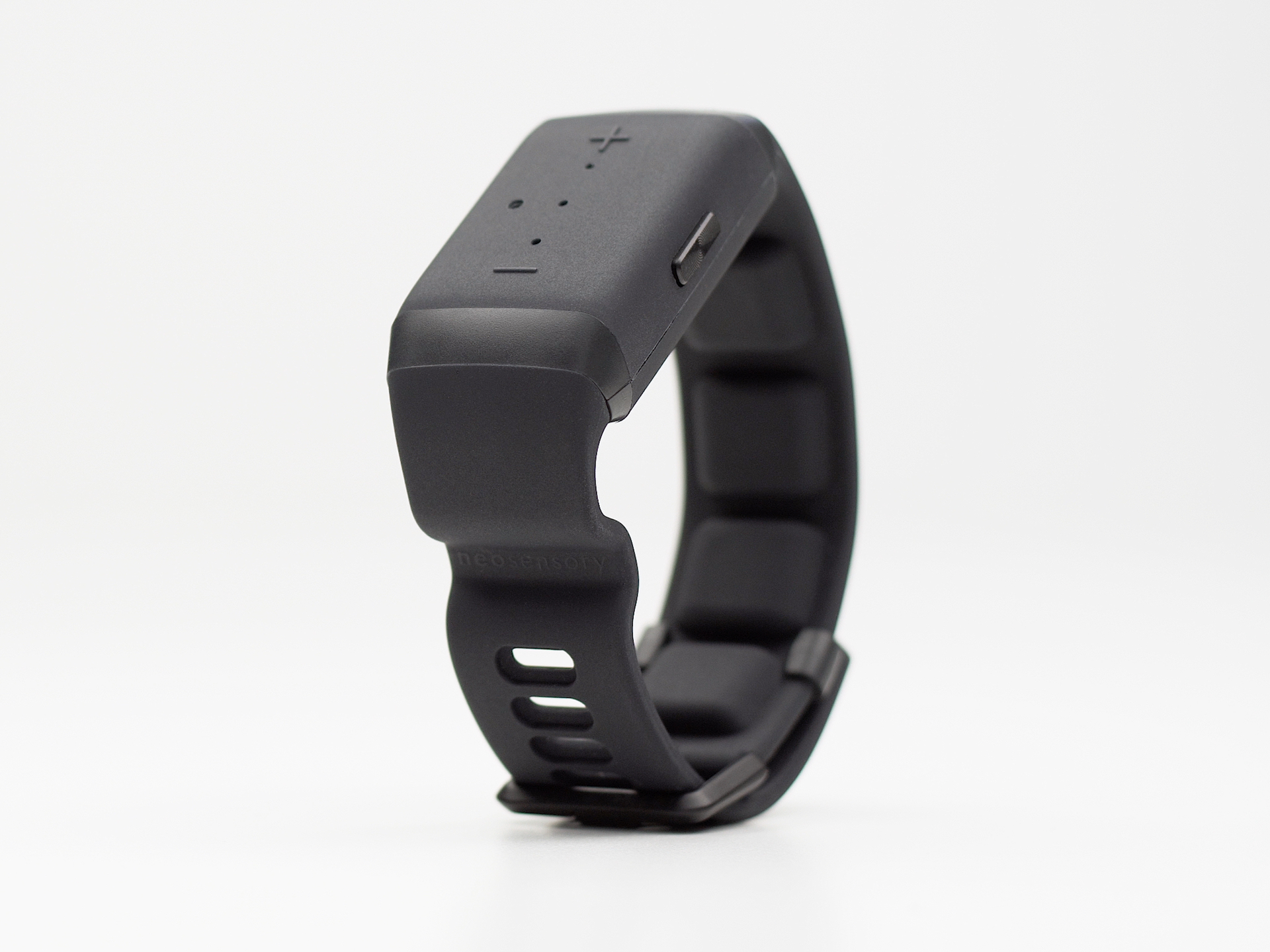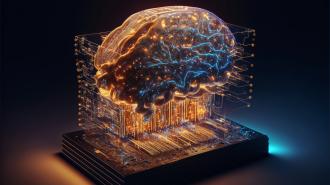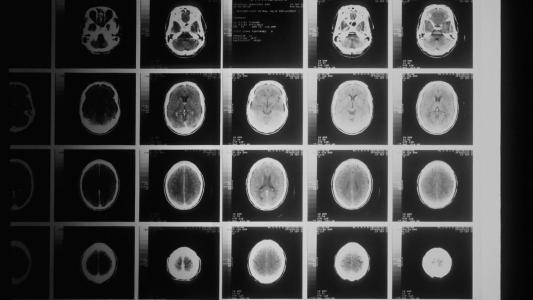When considering the possible impact of future technologies on our lives, it’s hard to overestimate neurotechnology. The brain is our world’s ultimate filter, modulating everything that gives meaning to our life. As those who experience severe depression or sublime psychedelic experiences alike can attest, tiny changes to our brain chemistry can dramatically impact our lives.
And those effects may look rather crude compared to the likely impact of new neurotechnologies. From tools that enhance our self-understanding, to brain-computer interfaces that tackle disease and disability, all the way to sci-fi-sounding capabilities for whole brain emulations — neurotech is undergoing a blossoming spring, accelerated by AI advances.
At my non-profit the Foresight Institute, we help ensure that the long-term applications of such technologies are beneficial. Here are a few developments that have the potential to impact our lives in the years to come, presenting a variety of complex ethical implications.
Better Tools = Better Understanding
The human brain is one of the most complex things that we know exists in the universe, and we are still in the very early-stages of understanding it. Crucially, unlike many things scientists study, we can’t just “take it apart” — not only because it’s usually “in use” but also because much of the architecture that leads to its functionality is incredibly small, intricate, and delicate.
Fortunately, neuroscientists like Ed Boyden from MIT are working on better tools to help our understanding. Ed wondered what if, rather than painstakingly magnifying tiny structures in the brain with a microscope, we could instead enlarge them to make them easier to study?
It turns out that, similar to how polymers make diapers swell, it is possible to enlarge relevant brain samples using hydrogels. This “expansion microscopy” is a brand new tool for blowing up and imaging samples of complex biological structures such as organs and tissues.
Equipped with such techniques, we now have a better shot at tracking down the complex molecular changes in the brain that lead to disorders like epilepsy and Alzheimer’s.
Brain Cell Replacement
Many diseases, including Alzheimer’s, dementia, and other neurological disorders, are problems of old age. Jean Hebert from the Albert Einstein College of Medicine in New York has made it his mission to stop aging in the brain before it starts.
Hebert observed that over the years, advances in medical technology have allowed for the replacement of various failing organs in the body with organs cultivated from donors or grown in the lab. The human brain, however, remained irreplaceable.

Immunofluorescence image of graft in mouse brain tissue (scale bar, 1 mm). Credit: Jean M Hebert et al (2023)
Hebert is exploring the possibility of gradually replacing the neocortex — the brain area thought to be responsible for attention, thought, perception and episodic memory — while retaining human identity. Since the neocortex is plastic, meaning that brain functions can relocate within it, if tissue in an area responsible for a particular brain function is damaged, tissues in another area could, in principle, take over that function.
First experiments exist, aimed at introducing novel donor tissue into mouse cortices, such that the cortex was able to accommodate it successfully enough to respond to visual stimuli. It is very early days in this huge undertaking, but if it is successful, the approach would not only preserve brain function but also perhaps someday facilitate the acquisition of new skills and knowledge later in life.
Brain-Computer Interfaces (BCIs)
The plasticity of the brain has additional potential to give disabled people back some of their lost abilities. For instance, David Eagleman’s team at Stanford has created a Sound Awareness wristband that allows people to “hear” through their skin, by converting sound into tactile feedback, enabling deaf users to perceive spoken words.

Sound Awareness wristband. Credit: neosensory
New brain-computer interfaces (BCIs) are under development that seek to overcome the limitations that held back traditional devices. Neuralink, for instance, eliminates the cumbersome machinery and wiring that standard headsets require by using wireless brain implants. These are embedded into the skull and transmit data via Bluetooth. Neuroscientist Sumner Norman from Caltech is exploring the feasibility of functional ultrasound as a less invasive solution, and has returned encouraging results using ultrasound neuroimaging to predict movement.
The widespread adoption of future iterations of less invasive BCIs could address mental health conditions and brain disorders, and may empower us to control prosthetic limbs and other devices.
Brain-inspired AI
Anyone using ChatGPT and related apps will have experienced the rapid acceleration of AI technologies, and these breakthroughs are helping us better understand the brain, while the brain is helping us develop better AI.
Chris Eliasmith is a cognitive scientist who has developed a large-scale neural model of the human brain, called the Semantic Pointer Architecture Unified Network (SPAUN), which can perform multiple cognitive tasks, such as recognizing numbers, copying patterns, and solving simple arithmetic problems. He thinks that building such large-scale brain models can not only help us better understand the brain and develop new treatments for neurological disorders, but it may also lead us to create more advanced artificial intelligence systems.
By mimicking the human brain’s structure and function, it may be possible to create more trustworthy AI systems.
As AI systems become more complex, the need for safety also increases. Physicist turned AI safety researcher Steven Byrnes is pioneering a new field of brain-inspired AI safety. Byrne’s research focuses on developing neurally-inspired algorithms that can learn from experience, adapt to changing environments, and make decisions in a way that is similar to human cognition. He believes that by mimicking the human brain’s structure and function, it may be possible to create more trustworthy AI systems.
Whole Brain Emulation (WBE) & Artificial General Intelligence (AGI)
Looking further ahead Whole Brain Emulation (WBE) is a potential future technology that has not only captured the interest of science fiction authors but also that of serious scientists. The original Whole Brain Emulation Roadmap, co-authored in 2008 by neuroscientist Anders Sandberg and colleagues, proposes several potential pathways, such as beginning with the emulation of individual neurons as a first step towards simulating neural networks and eventually entire brains.
Brain mapping could one day allow us to create models of the brain’s structure and function.
Back in 2008, given the various technological bottlenecks to be overcome, discussions about WBE have assumed it was possible, but not in this century. Since then, many of the technical capabilities required for making progress, such as brain scanning and mapping technologies, have been rapidly improving. E11 for instance, is a new moon-shot effort to make brain mapping easier and more accessible. Data obtained from brain mapping could one day allow us to create models of the brain’s structure and function. These could then be used for developing algorithms that simulate neural activity — a first step on the path to WBE.
At the same time, rapid AI advances have also led to shorter proposed timelines until we get to Artificial General Intelligence (AGI) — current community predictions on forecasting platform Metaculus project the development of AGI as early as 2032.
With the rise of AI safety concerns, some researchers believe that accelerating WBE development could reduce the risk of unaligned AGI by introducing human-aligned software intelligence first. The Foresight Institute‘s WBE for AI safety workshop aims to explore the current state of WBE technology, possible strategies to accelerate development, and risks and ethical issues that may arise from such a strategy.
Differential neurotech
The rapid development of neurotechnology offers exciting possibilities for understanding the brain, treating neurological disorders, advancing intelligence, and ultimately leading to new mind architectures.
As we explore this frontier, we need to address ethical and societal implications in tandem if we want human minds, and other minds, to live fulfilling lives. It’s not too early to start this process now as these futures are wild and they are coming fast.
A recent paper by Yu Takagi and Shinji Nishimoto showed that it’s possible to use generative AI to recreate images from human brain activity that match what the human subjects were looking at relatively well. Such technology could potentially help with crime, for instance by clarifying often clouded eyewitnesses’ recollection of a suspect. But in the hands of the wrong people, profit-seeking corporations, and especially authoritarian governments, mind-reading technology could be devastating to human privacy.
Looking at the very long term, philosophers Nick Bostrom and Carl Schulman suggest that human minds merely occupy a tiny corner of a vast space of possible minds that could be created with AI. We may have to update our moral intuitions, based on assumptions about human nature, for instance to account for new kinds of crimes, such as altering someone’s subjective experience without their consent.
The nascent field of “differential” neurotech development, aimed at preferentially advancing safety-enhancing technologies, may be a promising first step to determine projects that would focus on beneficial neurotechnologies. Whether we will be using neurotechnology to help elevate or control our brains, is ultimately up to us — rather, to our current brains.
We’d love to hear from you! If you have a comment about this article or if you have a tip for a future Freethink story, please email us at [email protected].






